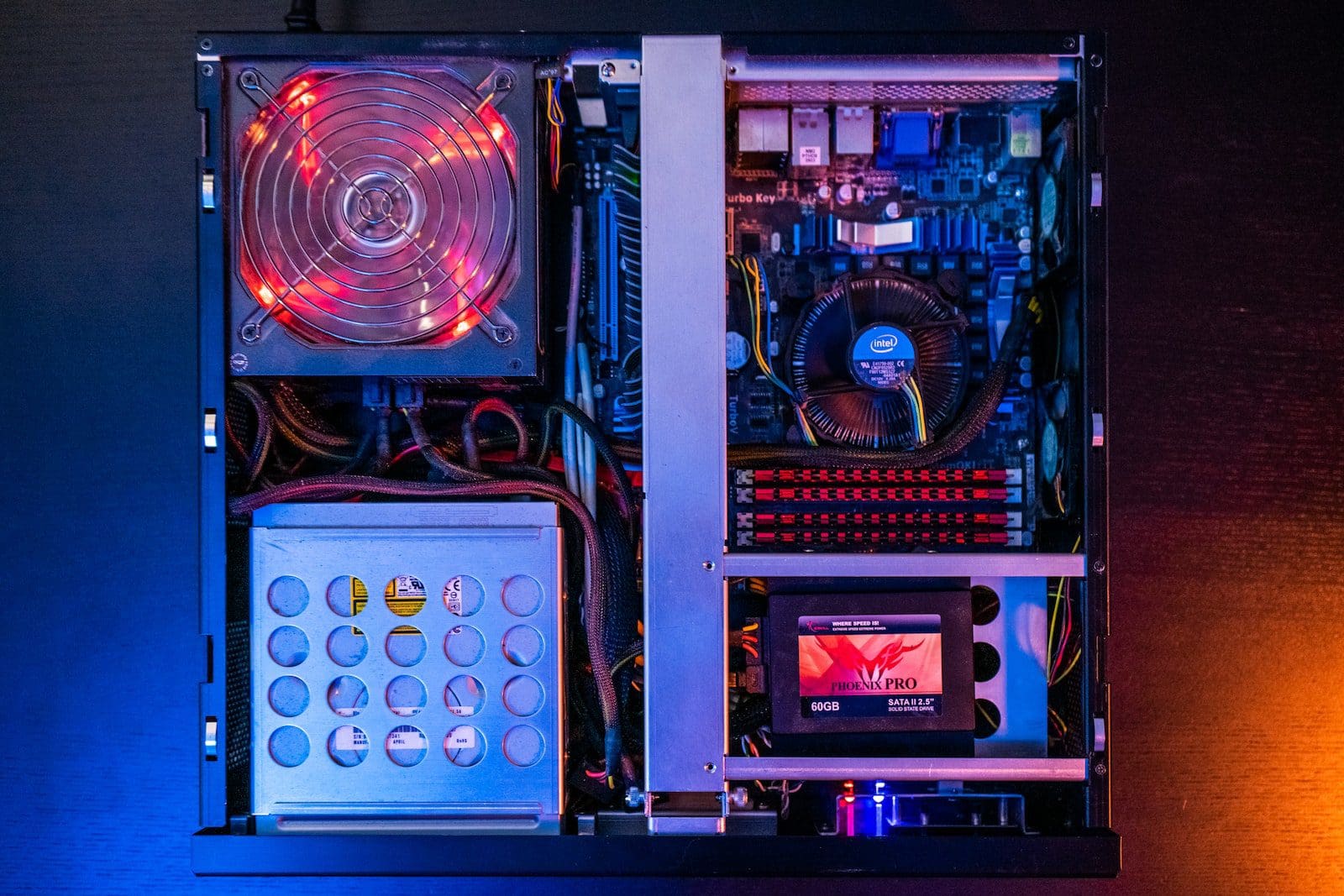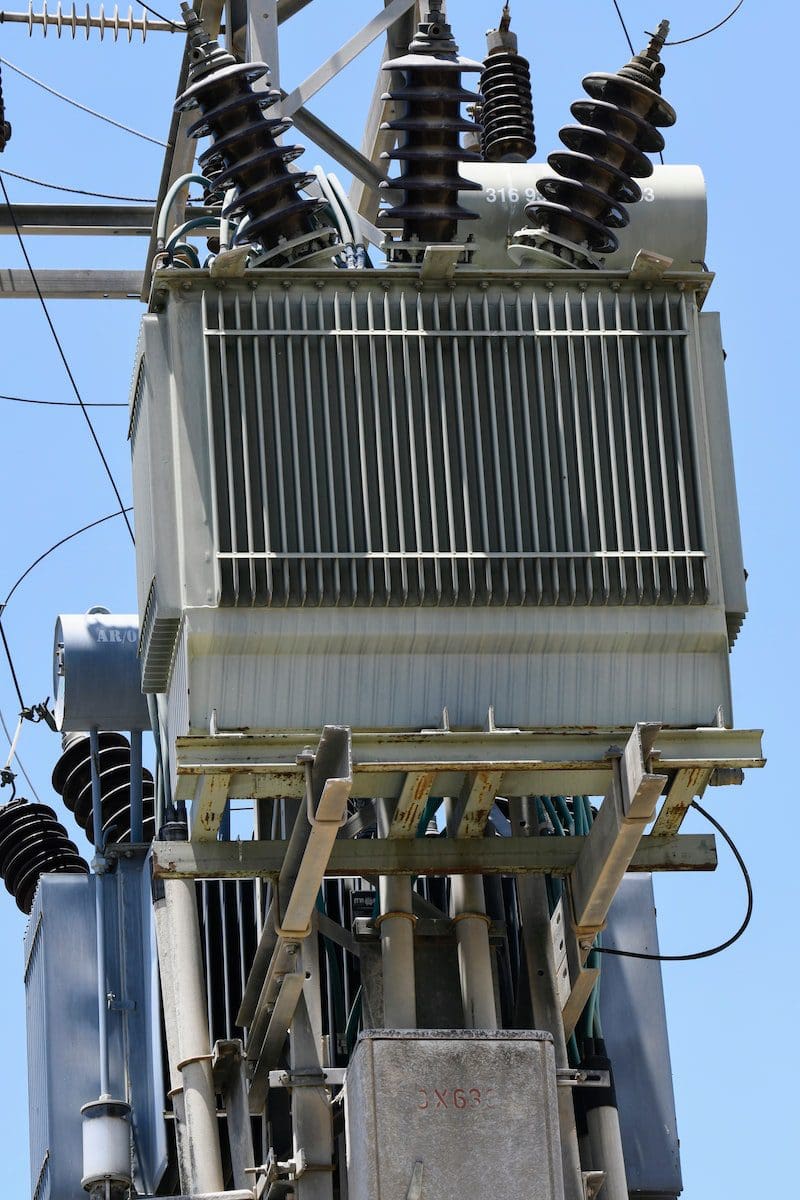Anything that simply supplies electricity to any power supply and the electronic device may be described as the word power supply.
In its simplest sense, a power supply is an electric or electronic device that transforms an accessible input CV voltage to the requested output DC or several DC outputs. Each electronic circuit or device requires a steady DC voltage for the intended operation.
The DC voltage you want is achieved by transforming the AC power or line voltage to a DC voltage. However, due to load current fluctuations, voltage differences, and atmospheric temperature, the DC voltage does not remain constant.
An unregulated power supply is called a device because the output varies considerably while the load varies.
Key Takeaways
- A regulated power supply maintains a constant voltage output, while an unregulated power supply does not.
- A regulated power supply is more expensive than an unregulated power supply.
- A regulated power supply has better output stability and ripple rejection than an unregulated one.
Regulated vs Unregulated Power Supply
A constant voltage is maintained in a regulated power supply. It is an expensive power supply. Changes in the input voltage will not affect the output voltage in the regulated power supply. An unregulated power supply generates a certain voltage at a certain current. There are no circuits to control the voltage in an unregulated power supply.

The regulated power supply has on its output voltage regulators. This means the controller ensures that the output voltage will remain on the rated power supply value irrespective of the current consuming the circuit.
Some changes in the input voltage are not caused by the regulator affecting the output voltage. This works until the system draws more than the rated power supply output current.
Unregulated power supplies are intended to generate a certain voltage at a certain current. In other words, uncontrolled power supplies have a continuous volume of power and use the fantastic electrical jargon again.
As the output voltage rises, and vice versa, the power output is decreased; thus, the uncontrolled supply of power is always to meet the current and voltage needs of the power supply.
Comparison Table
| Parameters of Comparison | Regulated Power Supply | Unregulated Power Supply |
|---|---|---|
| Define | Regulated power supply in electronic devices may be supplied with controlled DC voltage by governed power supplies. | No voltage control circuits are present in unregulated power supplies, so any change in the input AC is expressed in the output. |
| Output | The current drawn by the load is not the same as the voltage of the regulated power supply. In other words, the voltage is separate from the current load. | The output voltage of an uncontrolled power supply always varies with the current, mostly because of the power supply’s high internal strength. |
| Utilization | The regulated power supply can only be used for electronic devices like laptops, TVs, etc. | Unregulated power can be used for electric devices such as DC motors, LED lights not vulnerable to minor voltage variations. |
| Fare | Voltage control circuits are comparatively expensive to manufacture in controlled power supplies. The regulatory supply of electricity is also costly. | Unregulated power supplies are less expensive to manufacture because they have no regulated voltage. |
| Voltage | Multiple outlet voltages can be supplied by a regulated power supply. | The unregulated power supply needs a constant supply of voltage-independent of input voltage or loads current variations |
What is Regulated Power Supply?
A Regulated electronic Power Supply that produces a constant DC power supply or voltage independent of the current drawn from the temperature on top of any changes of the AC voltage line is a regulated electronic power supply.
The word here governed refers to a device that retains a permanent output voltage, regardless of changes in the input voltage or frequency and regardless of changes in the output load.
Simply placed, unchecked AC tension becomes continuous DC tension.
A system or circuit which is to run under defined power supply limits is supplied with stable voltage. The governed power supply produces a steady voltage in fancy electrical terminology, regardless of the power output present.
A regulated power supply can supply multiple outlet voltages with multiple regulator units.
Regulated energy supplies retain the optimal voltage level and, due to their smooth, consistent voltage delivery, are suitable for nearly all forms of electronic devices.

What is Unregulated Power Supply?
Contrary to the regulated power supply, an unregulated power supply’s output voltage isn’t controlled, so the output voltage changes, so the load changes, and there is no voltage control.
It has a continuous power supply. The input and charging voltage provide a fixed output, and even a small difference in the input influences the voltage directly.
A converter, a rectifier, and a filter are used in an unregulated power supply. The ripple voltage is considered such a small difference in the output voltage.
None of the electrical circuits works properly with the power supply unchecked. They need a constant supply of voltage independent of input voltage or load current variations.
A voltage stabilizer, known as a voltage regulator, is used for this purpose. Unregulated power supplies do not generate, as do regulated power supplies, a clean tension.
Every change in the input voltage would be mirrored on the output voltage without a regulator to regulate the output voltage.

Main Differences Between Regulated and Unregulated Power Supply
- Voltage control circuits are comparatively expensive to manufacture in controlled power supplies, whereas unregulated power supplies are less expensive to manufacture because they have no regulated voltage.
- The current drawn by the load is not the same as the voltage of the regulated power supply, whereas the output voltage of an uncontrolled power supply always varies with the current, mostly because of the power supply’s high internal strength.
- The regulatory supply of electricity is also costly, whereas unregulated power supplies are less expensive.
- The regulated power supply can only be used for electronic devices like laptops, TVs, etc., whereas unregulated power can be used for electric devices such as DC motors and LED lights, not vulnerable to minor voltage variations.
- A regulated power supply can supply multiple outlet voltages, whereas an unregulated power supply needs a constant supply of voltage independent of input voltage or load current variations.

- https://www.sciencedirect.com/science/article/pii/S0048969716324998
- https://www.jstor.org/stable/43295727

The section on ‘What is Regulated Power Supply?’ and ‘What is Unregulated Power Supply?’ provides a thorough understanding of the concepts, making it easier for readers to grasp the content.
The article effectively addresses the technical aspects of regulated and unregulated power supplies, offering clear explanations and practical examples.
This article provides an in-depth explanation of the difference between regulated and unregulated power supplies, their key takeaways, and a comparison table to further illustrate the contrasts.
I agree, the article offers a comprehensive analysis of the topic, making it easier for readers to understand the concepts of regulated and unregulated power supplies.
This is a well-written and informative article, shedding light on the functionalities and characteristics of regulated and unregulated power supplies.
The article presents a detailed comparison of regulated and unregulated power supplies, making it a valuable resource for individuals looking to expand their knowledge in the field of electrical engineering.
The article effectively highlights the differences between regulated and unregulated power supplies, providing valuable insights into the topic.
The comparison of regulated and unregulated power supplies serves as a comprehensive guide for those seeking knowledge in this area. The article is well-structured and informative.
The article’s breakdown of regulated and unregulated power supplies, including the utilization and cost factors, offers valuable insights for readers interested in electronic devices and power supply functionalities.
The detailed explanations of regulated and unregulated power supplies, along with their applications, make this article an educational resource for those interested in the subject.
The in-depth analysis of regulated and unregulated power supplies, along with the explanation of key concepts, enhances the understanding of readers, making the article an informative read.
The comparison table is particularly helpful in understanding the distinctions between regulated and unregulated power supplies. It serves as a useful reference for readers.